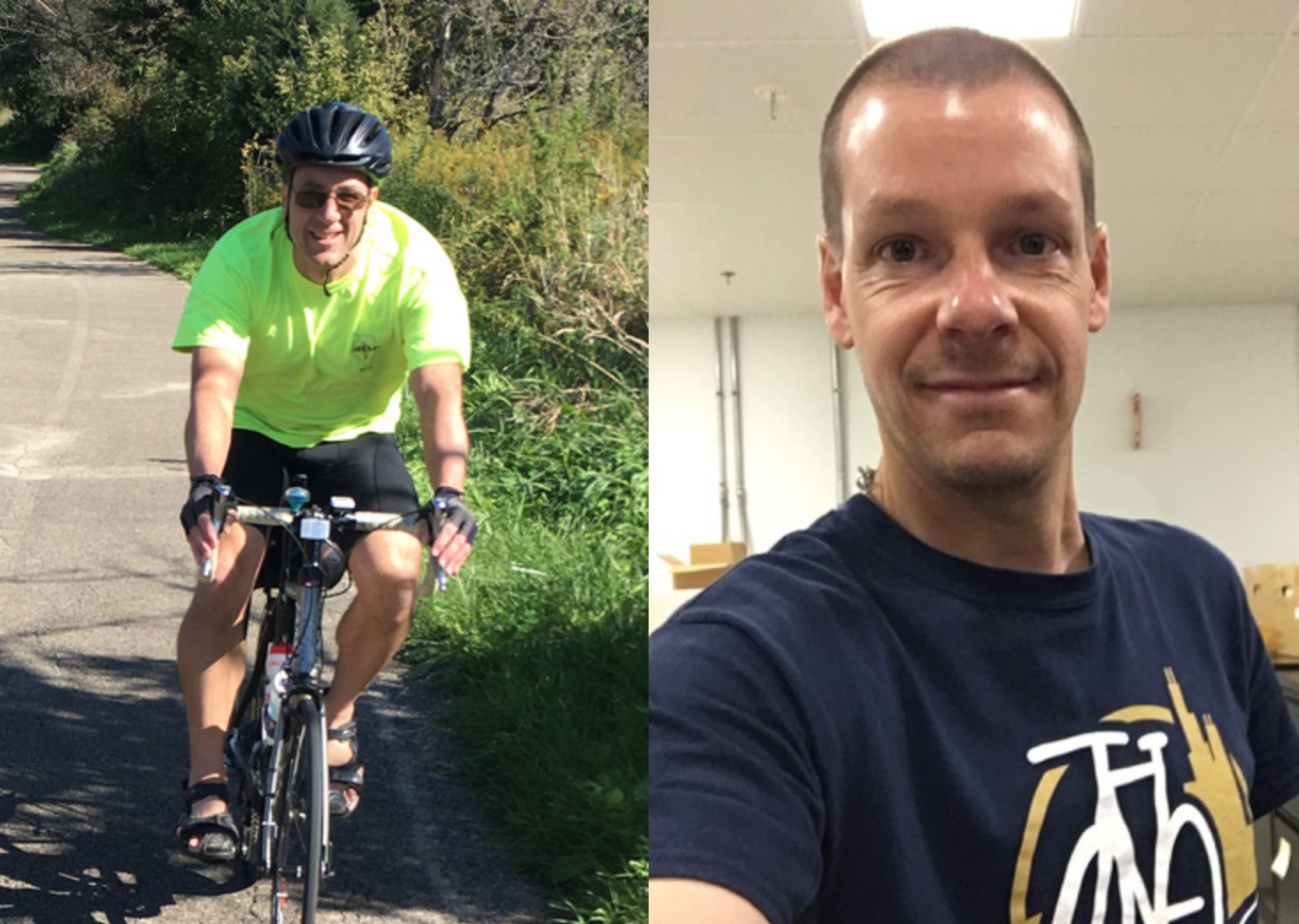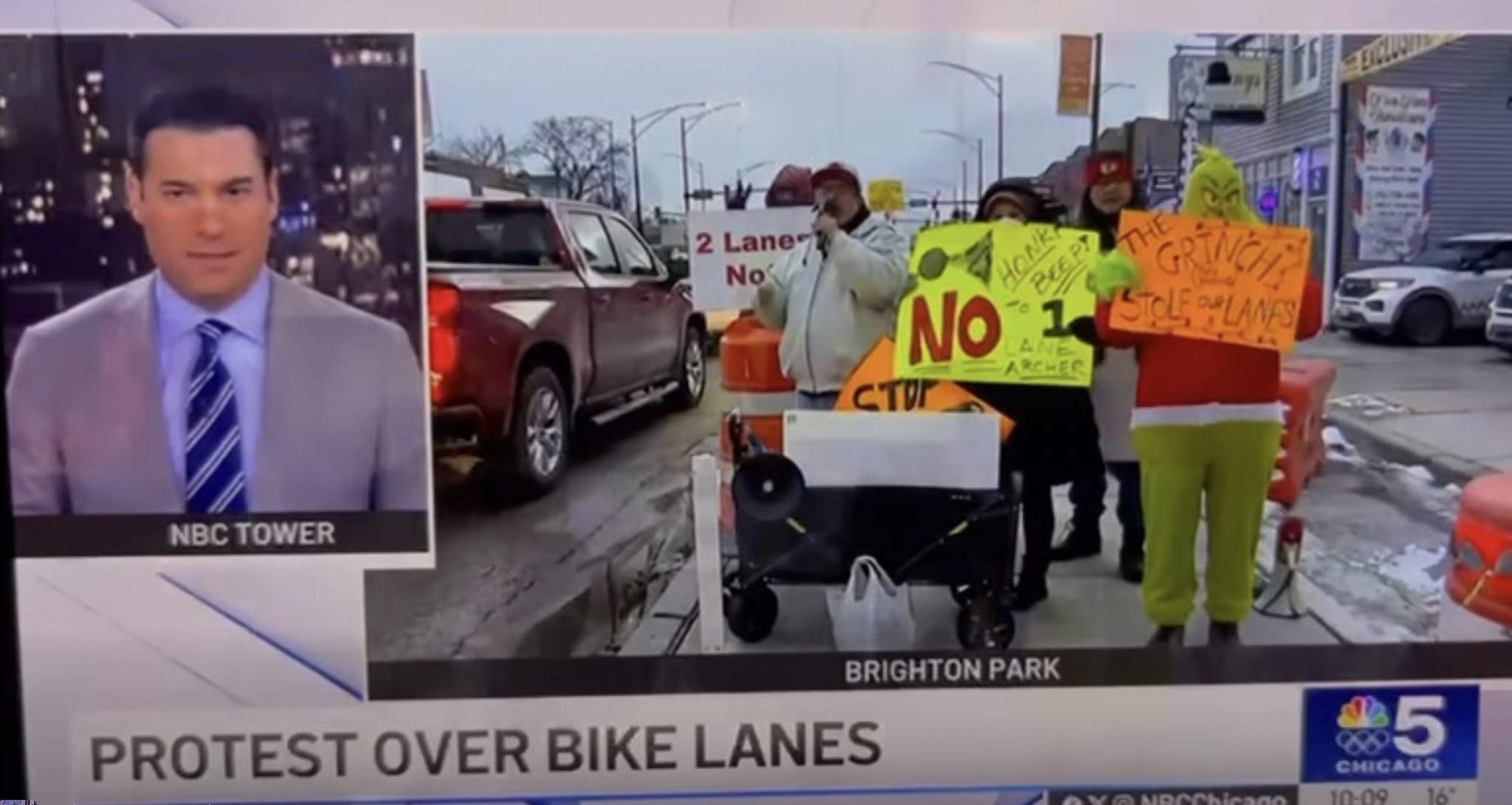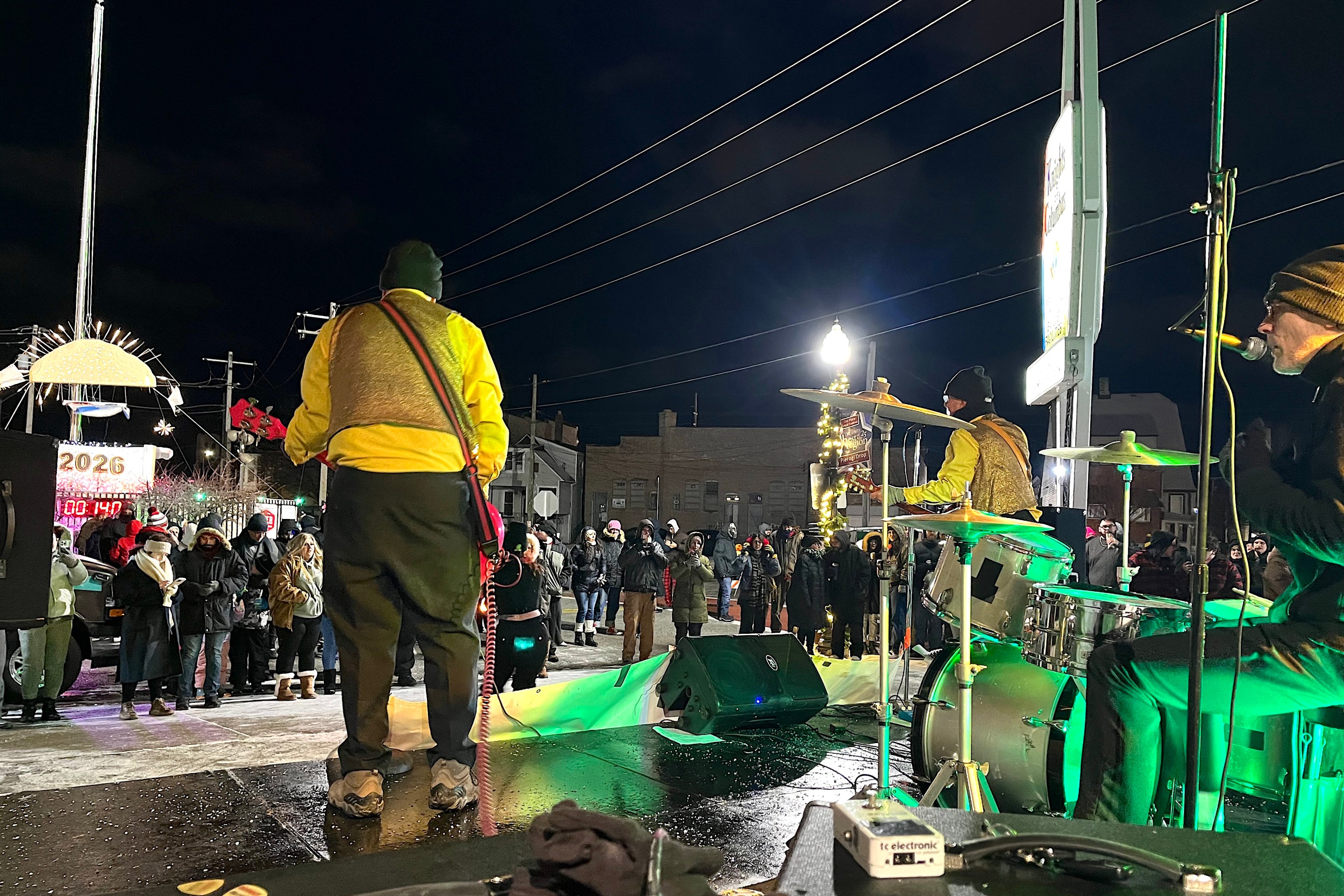Among Chicagoland cyclists, the Active Transportation Alliance is a household name, but Ride Illinois is sort like of its quieter little sister. The statewide advocacy group, formerly the League of Illinois Bicyclists, is a much smaller operation with only three paid staffers, and it doesn't make headlines nearly as often as Active Trans. But it's also an importation organization that lobbies for bike-friendly legislation and safer roads through the Land of Lincoln.
While local bike advocacy mainstay Randy Neufeld led Active Trans for a full 17 years, his statewide counterpart Ed Barsotti has served as executive director of Ride Illinois even longer, since 2000, achieving a similar local-legend status among advocates. But Barsotti recently decided to downshift his involvement and turn over the handlebars to Dave Simmons, founder and president of The Friends of Cycling in Elk Grove.
"Ed's been doing this almost twenty years and his wife is retiring, so he thought this would be a good time to step down," Simmons said. "But he's going to stay on with us, focusing on bike planning and infrastructure, which is what he really enjoys."
For example, Ride Illinois just signed a contract with Rockford to update their bicycle plan, which Barsotti will be working on. He has also been in talks with Illinois Department of Transportation commissioners and engineers about updating the Bureau of Local Roads and Streets manual, used by IDOT to approve local road agency designs when state or federal money is involved. "They've been very receptive," Simmons said. Here are some of the things they've been discussing:
- Eliminating a 14-foot lane requirement for bicycle designations, signage, and markings on low traffic streets.
- Keeping an option for 8-foot sidepaths (instead of only 10-foot) along roads, where pedestrian use is light and implementation of 10-foot may not be feasible.
- More emphasis on providing at least 3-feet of “clear zone” to the right of paved shoulder rumble strips.
- Road diet reference (four lanes to three lanes with bike lanes) and permission.
- Encouraging and specifying on-road bicycle detection methods at demand-actuated stoplights.
Ride Illinois has also teamed up with Active Trans for a number of legislative wins in Springfield. For example, House Bill 4799 mandates biking and walking education in K-8 schools, although Simmons acknowledged that the law "doesn't have a lot of teeth yet. It's not non-binding, but it doesn't have a lot of definition."
In early 2018, the two advocacy groups won the passage of HB 1784, which clarified that motorists are allowed to cross a double yellow line in order to safely pass a cyclist. It also codified the no-brainer concept that it's fine (actually better) for bike riders to use a red rear light instead of a rear reflector.)
And in summer 2018 the organizations got HB 1543 passed, which required the Dutch Reach anti-dooring technique to be added to the Illinois’ Rules of the Road manual, as well as adding bicycle safety questions to the state driver’s license test.
Another Ride Illinois success story is the bike safety quiz website it developed, which also includes versions for car drivers and truckers that teach them how to safely operate around cyclists. The quiz serves as an educational resource for cyclists, drivers, students, police departments, and others, and Simmons said about 100,000 people have taken it. You can check out the quiz here.
Simmons says Ride Illinois doesn't currently have any legislative agenda on deck, but there's been some discussion of trying to legalize the "Idaho stop," allowing cyclists to treat stoplights like stop signs and stop signs like yield signs. This has been the law in the Gem State for years, and passed in Arkansas in April. "That's something that might incentivize cycling by making it a little more practical."
The tragic death of school counselor Carla Aiello, 37, killed on her bike by a right-turning trucker at a stoplight Wednesday morning in Chicago's Old Irving Park neighborhood, is more proof that it's time to legalize the Idaho stop in Illinois. A 2007 study from the UK found that cyclists who wait for the light to change before proceeding through an intersection face a greater danger of this kind of collision than those who perform an Idaho stop.
While Ride Illinois wasn't actively involved in lobbying for the inclusion of $50 million annually for biking and walking safety infrastructure in the new state capital bill, with a focus on underserved communities, they're taking part in talks about how that funding should be allocated. This week Barsotti, Active Trans' Kyle Whitehead and other local advocates met to develop a plan for moving forward with their asks.
In terms of events, Ride Illinois will be leading its annual Grand Illinois Bike Tour, this year on the Illinois side of the St. Louis region, from June 7-12. They'll also be hosting the yearly Illinois bike summit on a date to be announced.
As for his own background, in 2009 Simmons was working in the educational publishing and standardized testing field when he became a League of American Bicyclists-certified bike safety instructor and began teaching classes. "That's how I got bitten by the bike bug," he said. "Bike advocacy was what was getting me out of bed in the morning. He formed the Elk Grove Village cycling club in 2012.
Simmons' vision for the future of Ride Illinois includes trying to raise the profile of the organization through smaller organized rides organized by people around the state, and possibly a kids' biking club. "Biking is fun, and it doesn't always have to be about legislation," he said. "We want to remind people how joyful it is to be out on a bike."





